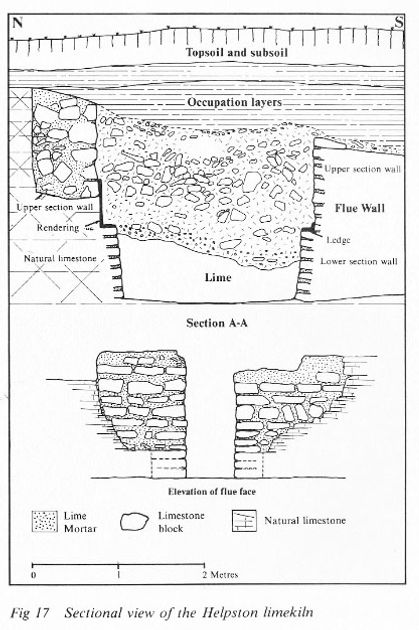top of page
Helpston Limekiln

The kiln was excavated by the Peterborough Museum Field Club following its discovery at the Helpston Stone Quarry.
The structure was built into the solid limestone to a height of 2.45 metres, with a diameter of 2.75 metres tapering to 2.1 metres at the floor. Construction was of limestone blocks. A hint of corbelling suggested closure by a dome. Occupation layers contained pottery and coins of mid to late-fourth-century date.
Adrian Challands, 'A Roman Limekiln at Helpston', Durobrivae - A Review of Nene Valley Archaeology : 4 (1976), p. 22-23.

bottom of page
